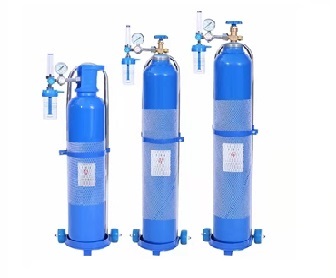10L 15L Medical Oxygen Cylinder
Medical Oxygen Cylinder
Specification: 10 Liters
Height: 79cm
Thickness: 3.8mm
Diameter: 15.2cm
Weight: 14kg
Medical Oxygen Cylinder
Specification: 15 Liters
Height: 108cm
Thickness: 3.9mm
Diameter: 15.9cm
Weight: 20kg
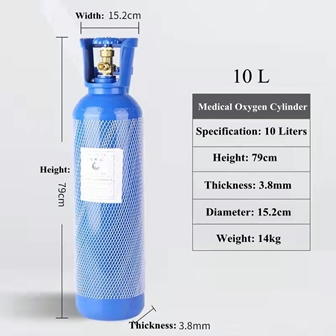
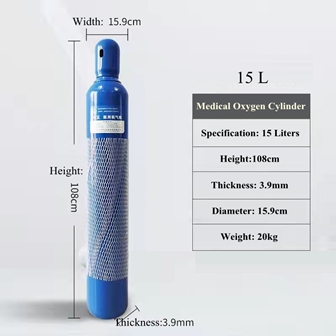
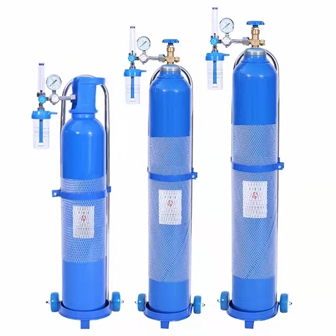
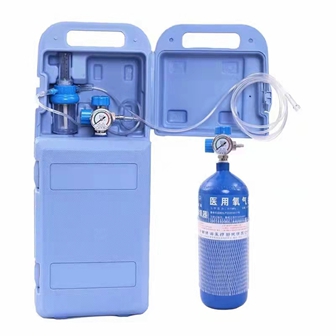
An oxygen cylinder is a high-pressure vessel designed to store oxygen gas. These cylinders are commonly used in medical facilities, emergency services, and other industries that require a source of oxygen for patients or workers.
The cylinder is typically made of steel or aluminum and is designed to withstand high pressure. It is filled with compressed oxygen gas, which is typically stored at a pressure of around 2,200 pounds per square inch (psi). The cylinder also has a valve that allows the oxygen to be released when needed.
Oxygen cylinders come in different sizes, ranging from small portable cylinders to large ones that are meant to be stationary. The size of the cylinder will depend on the intended use and the amount of oxygen that is needed. For example, smaller cylinders may be used for portable oxygen therapy, while larger cylinders may be used to supply oxygen to entire hospitals.
It's important to note that handling and storing oxygen cylinders requires special care and training to ensure safety. Oxygen is a highly flammable gas and can be dangerous if handled improperly. As a result, proper training and handling procedures should always be followed when using oxygen cylinders.
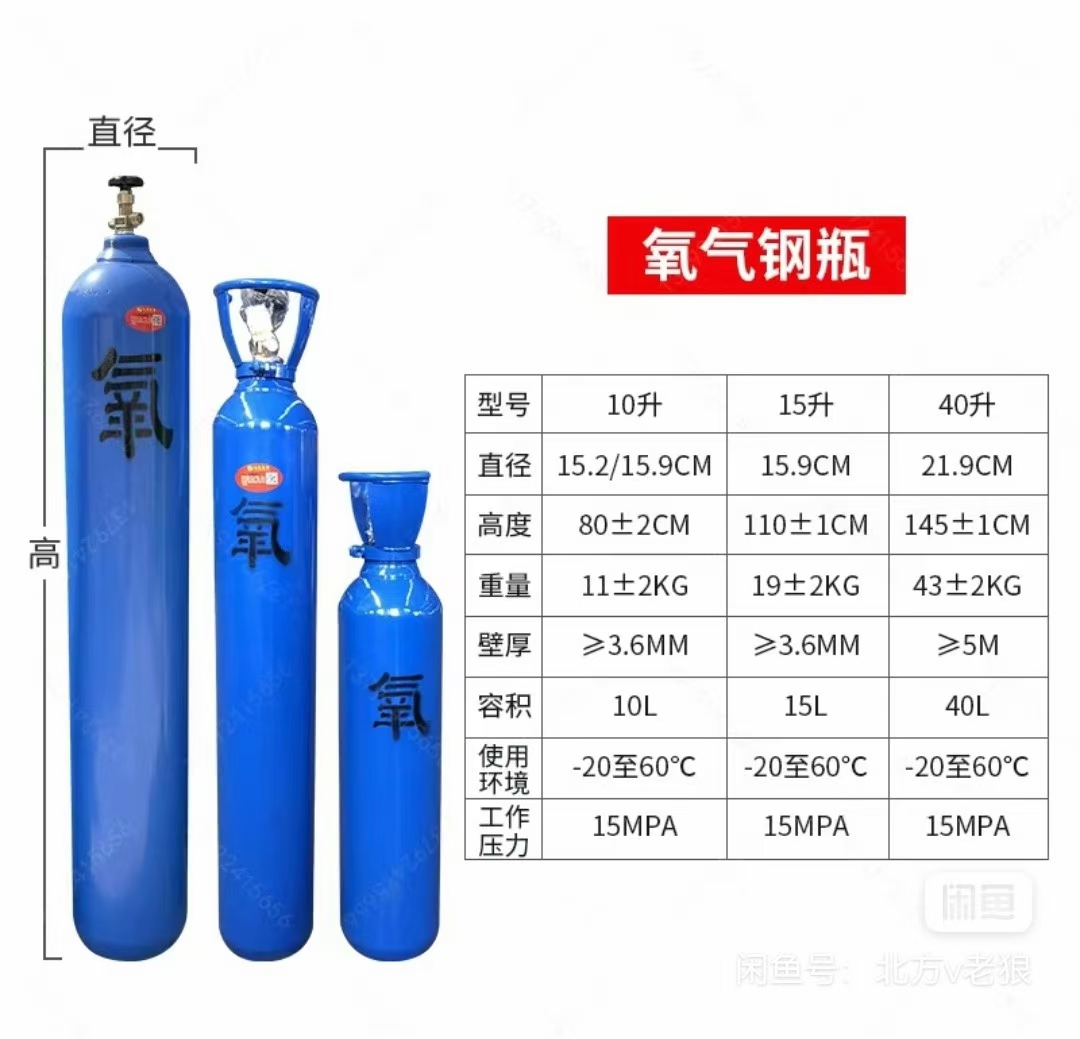
There are several standards for oxygen cylinders used around the world, which are developed and maintained by various regulatory bodies and organizations. Here are a few examples:
United States: In the United States, oxygen cylinders are regulated by the Department of Transportation (DOT). The DOT sets standards for cylinder design, manufacturing, testing, and labeling. Oxygen cylinders must meet certain requirements for materials, pressure, and capacity to be approved for use.
Europe: In Europe, oxygen cylinders are regulated by the European Committee for Standardization (CEN). The CEN has developed standards for cylinder design, testing, and labeling. Oxygen cylinders must meet the requirements of the European Pressure Equipment Directive (PED) to be approved for use.
Japan: In Japan, oxygen cylinders are regulated by the Ministry of Health, Labour and Welfare. The Ministry has established standards for cylinder design, manufacturing, and testing. Oxygen cylinders must meet the Japanese Industrial Standards (JIS) to be approved for use.
International: The International Organization for Standardization (ISO) has developed standards for oxygen cylinders that are recognized worldwide. The ISO sets standards for cylinder design, materials, testing, labeling, and inspection. Oxygen cylinders that meet ISO standards are considered safe and reliable for use around the world.
These are just a few examples of the standards that exist for oxygen cylinders. Depending on the country or region, there may be other regulatory bodies or organizations that set standards for oxygen cylinders. It's important to follow the appropriate standards and regulations to ensure the safe handling and use of oxygen cylinders.









